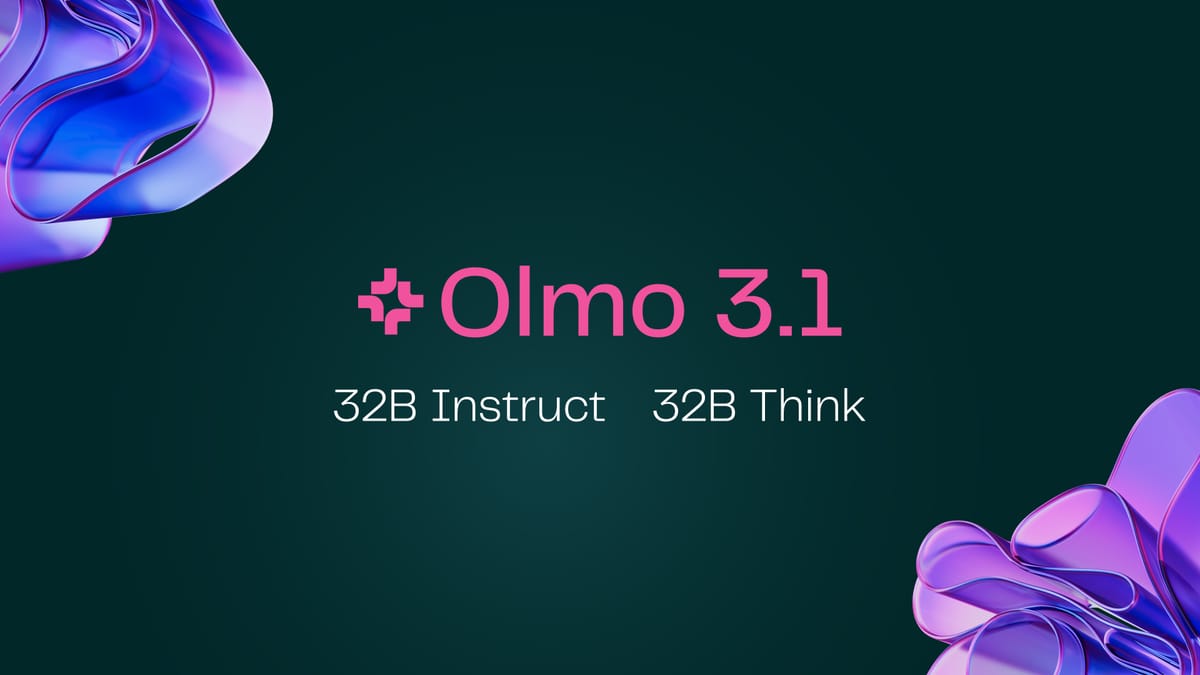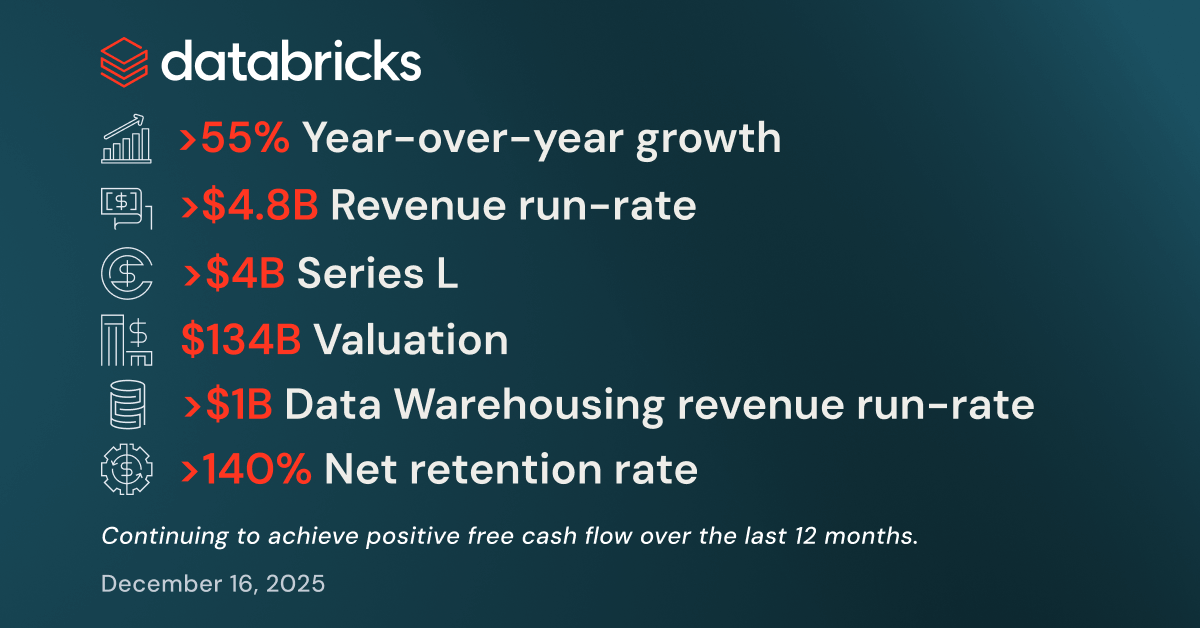Meta has released its latest contribution in the fight against AI-generated deepfakes. Video Seal is an open-source neural watermarking model that addresses some limitations of other approaches to video watermarking in areas like efficiency, robustness, and flexibility. Meta's Video Seal embeds a robust imperceptible watermark and an optional six-character message that can be revealed to determine the video's origin.
There is no shortage of video watermarking solutions, including Google DeepMind's SynthID and Microsoft's proprietary AI-generated content efforts. However, Meta claims Video Seal is a better alternative than some existing solutions because it is more resistant to compression algorithms and editing effects like blurring and cropping. Additionally, Video Seal is open-source and not derived from image watermarking. Still, Video Seal is not completely immune to any of these modifications, and heavy edits or compression may compromise the watermark or make it unrecoverable.
Meta claims Video Seal is part of its commitment to developing AI responsibly. As part of a more general effort to motivate research into and adoption of AI-generated content watermarking, Meta also announced it will re-release its Meta Watermark Anything under a permissive license, organize a workshop on watermarking at ICLR in 2025, and launch the Meta Omni Seal Bench, a leaderboard for neural watermarking techniques, which will cover multiple modalities and will make it easy for researchers to test different approaches and share their contributions.





Comments